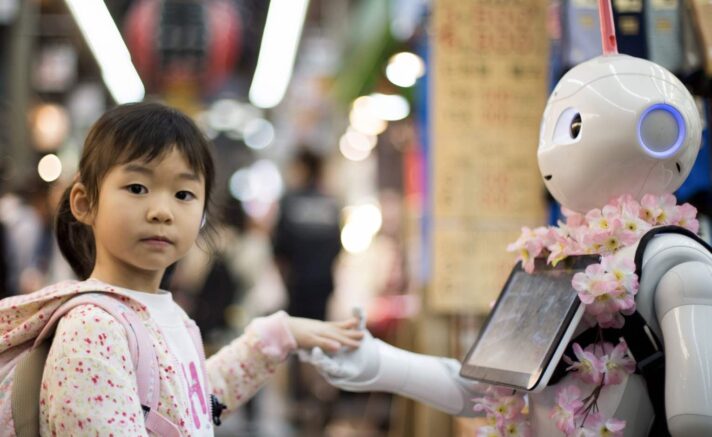The car was traveling at approximately 40 miles per hour on the Tempe, Arizona road when she was struck and killed. It was 10pm on a Sunday and the 49-year-old victim was walking her bicycle across the road when she became the first pedestrian death to be associated with autonomous driving technology.
This tragic event is one that can easily be blamed on self-driving technology. Why didn’t the car stop or swerve to avoid hitting the person? How do we know that a driverless car won’t make that same mistake again?
There are obviously many questions that can be asked, but at the end of the day it’s still a tragic accident that cannot be reversed.
Just as with any accident, solutions should be found in order to prevent future tragedies from happening. But, on that same note, human controlled vehicles make tragic mistakes everyday, and we just chalk them up as accidents.
The human element to life is an interesting one. It’s a variable, uncertain, and unpredictable part of how our crazy world works. Most of the time, this human element leads to incredible outcomes. Other times, it leads to tragic accidents.
Computers are not his way. They are binary. Black or white. Right or wrong. There is no in-between.
But, what happens when you combine the human element with the computer?
This is what our world is finding out. We are discovering that when we combine computer based decisions that effect human’s lives, we still end up in situations with outcomes we never predicted (some of which are brilliant and others which are disastrous).
For those disastrous outcomes, we’re often tempted to blame the mistake on the computer and abandon any future value.
Fortunately, humans are forward moving creatures who continue to push the limits by progressing into the future. So, no matter how many hurdles we face – even if they are tragic accidents – we push forward.
So, if you are doubtful about the future of driverless vehicles, I encourage you to check out these three recent developments:
“The deal’s magnitude reflects the growing confidence that commercial use of autonomous cars is in sight — despite recent setbacks to some other companies, including at least two fatal accidents, that have raised questions about the technology’s safety.”
Right after the above announcement, Chrysler came out with their own:
And it’s not just land based vehicles. Many companies think, “There will be a huge revolution in the maritime industry within three years… [and] Cargo ships will be autonomous before cars.”
The reality is that the driverless revolution is coming and the opportunity to invest is huge. But, you’d be surprised about the easiest way to invest… which has nothing to do with investing in the actual technology. More about that soon…




